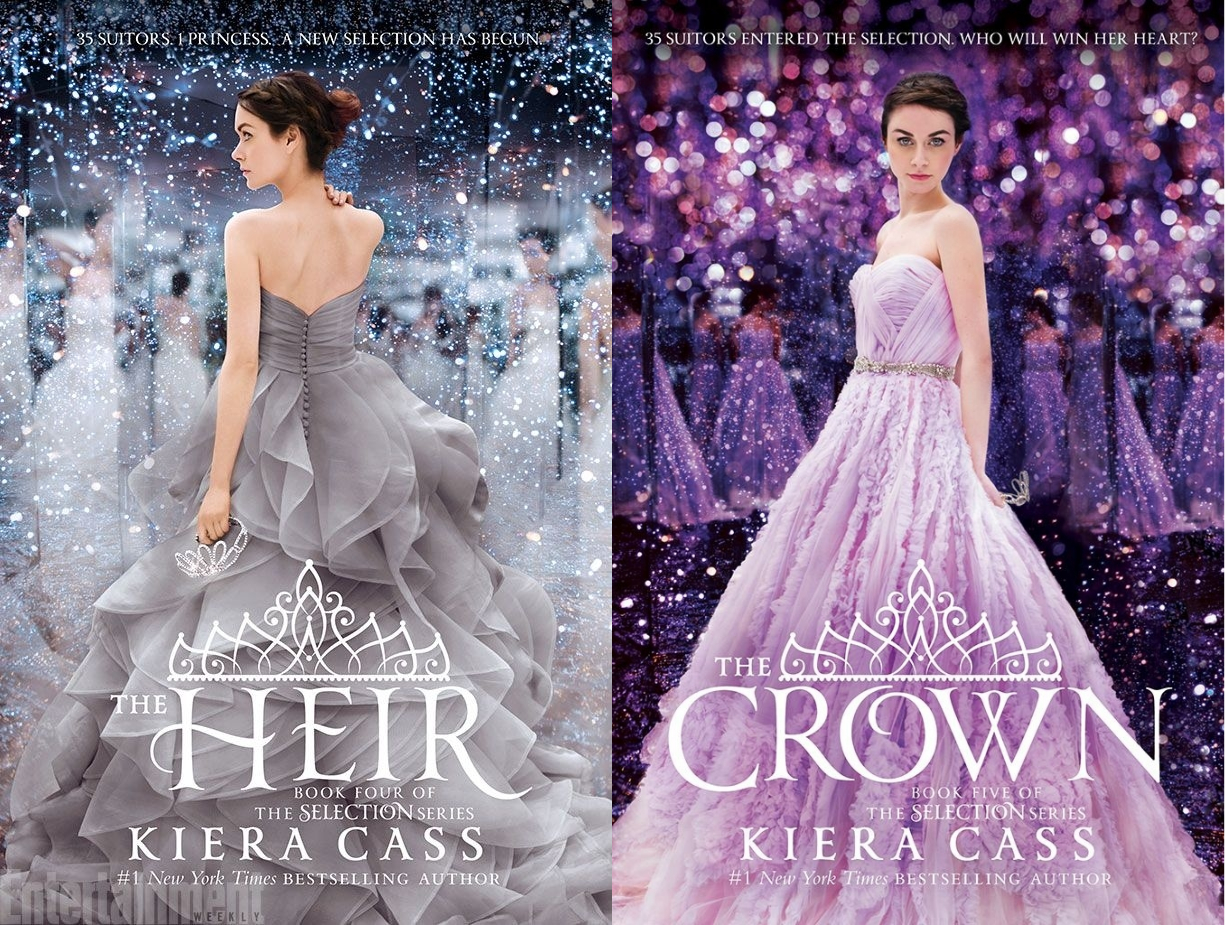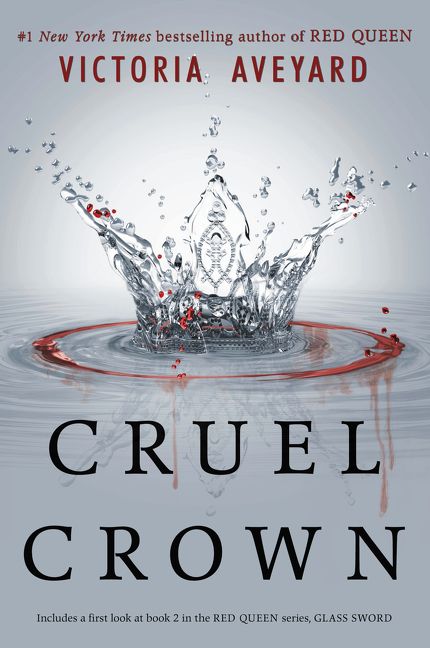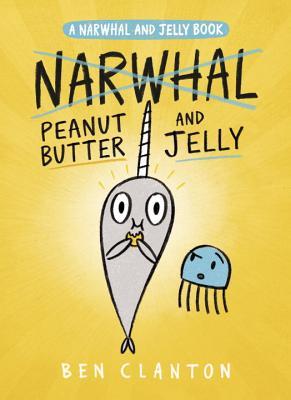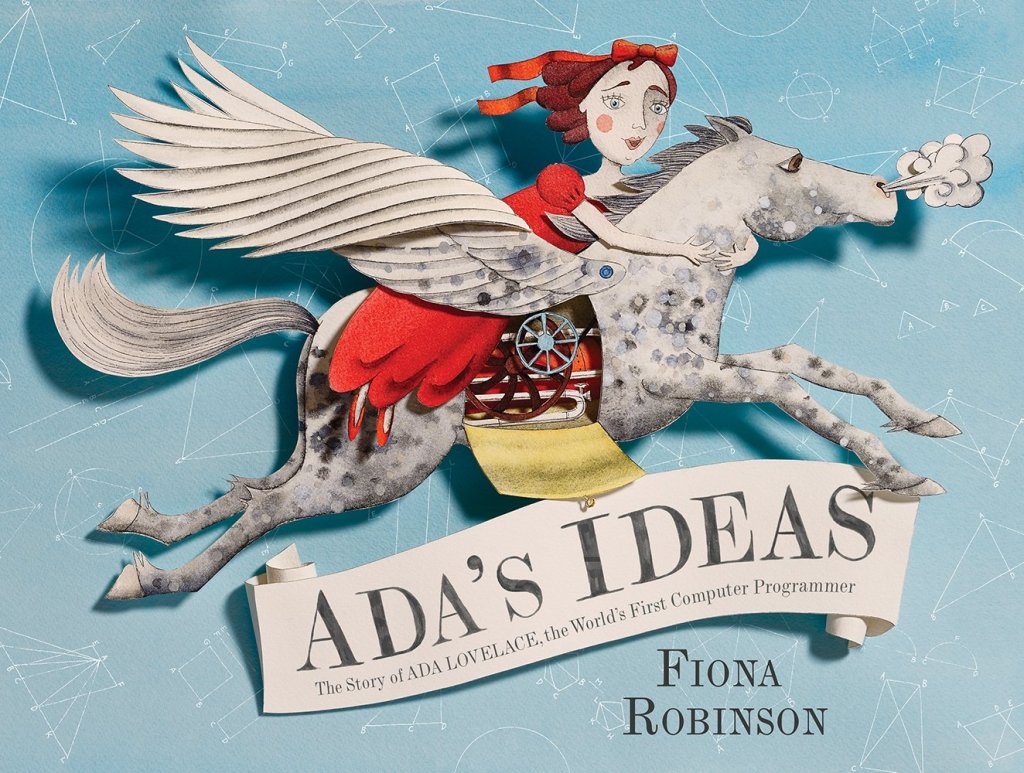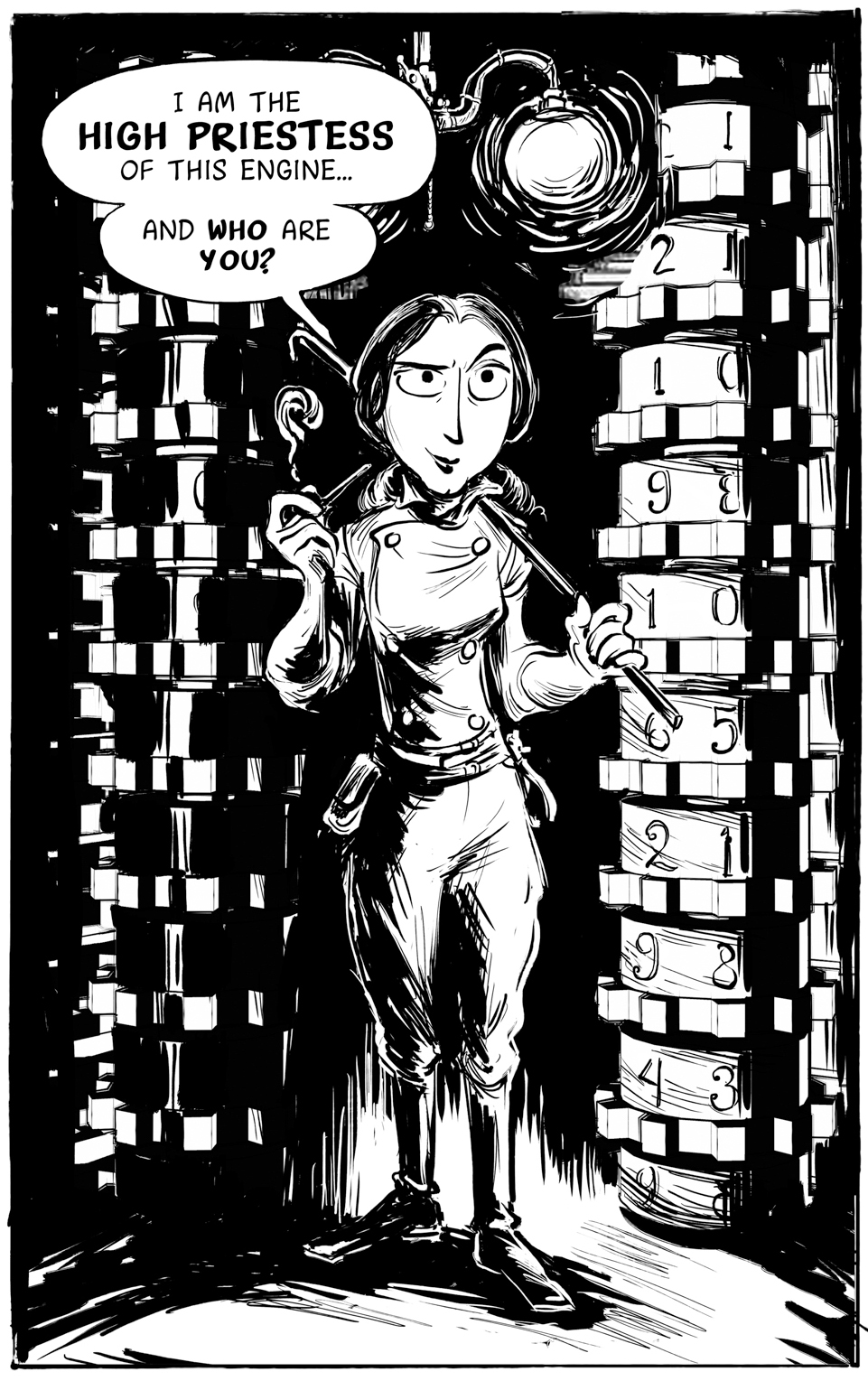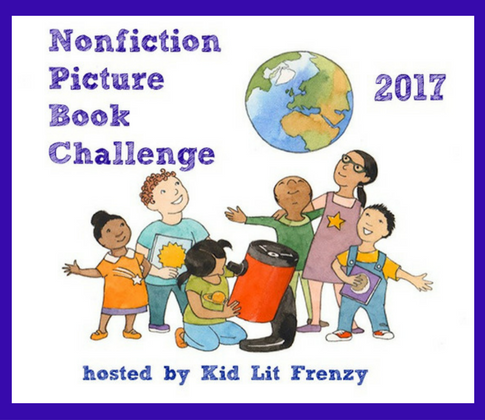Red Queen
Victoria Aveyard
Audience: Young Adult
HarperTeen (May 15, 2018)
IndieBound | WorldCat
"Mare Barrow learned this all too well when Cal’s betrayal nearly destroyed her. Now determined to protect her heart—and secure freedom for Reds and newbloods like her—Mare resolves to overthrow the kingdom of Norta once and for all… starting with the crown on Maven’s head.
But no battle is won alone, and before the Reds may rise as one, Mare must side with the boy who broke her heart in order to defeat the boy who almost broke her. Cal’s powerful Silver allies, alongside Mare and the Scarlet Guard, prove a formidable force. But Maven is driven by an obsession so deep, he will stop at nothing to have Mare as his own again, even if it means demolishing everything—and everyone—in his path.
War is coming, and all Mare has fought for hangs in the balance. Will victory be enough to topple the Silver kingdoms? Or will the little lightning girl be forever silenced?
In the epic conclusion to Victoria Aveyard’s stunning series, Mare must embrace her fate and summon all her power… for all will be tested, but not all will survive."
Carolyn's thoughts on the book:
*Warning: this review contains spoilers for Red Queen, Glass Sword, King's Cage (basically the Red Queen series before War Storm) BUT does not contain any spoilers for War Storm itself. Proceed with according caution.*
Do you ever stumble across a book whilst on GoodReads or Twitter and read the description and just know, deep down, that you're going to love this book? That's how I felt when I first heard about Red Queen (way back at the end of 2014). Between the gorgeous cover design and the intriguing and original plot (well, as much as I could discern from the GoodReads description), I was absolutely convinced I would adore Red Queen—and I did. And that adoration has continued throughout the entire Red Queen series. So leading up to War Storm's release, my feelings were naturally mixed—I knew I would love it, but I also knew that having to say goodbye to the series (and quite possibly see some characters killed off) would be painful, at the very least.
As I mentioned recently, I love how different and distinct each book in the Red Queen series is; I think speaks to how well the series was planned out. Red Queen introduces us to Norta, the social structures of Reds and Silvers (which is more like Reds vs. Silvers), the existence of the Scarlet Guard, provides backstory for Mare, reveals her powers, etc. etc. Then, after Maven's betrayal at the end of Red Queen, Glass Sword sees Mare and Cal rescued by the Scarlet Guard, and (as per most second-books-in-a-dystopian-series go) the two join the resistance and get up to typical resistance shenanigans (training, making battle plans, butting heads with the resistance leaders, etc.), but ultimately Mare ends up captured by the end of the book. King's Cage is thus easily defined by Mare's imprisonment. Notice a pattern here? Big event/cliffhanger at the end of the book (Mare + Cal getting rescued by the Scarlet Guard, Mare getting captured by Maven) sets up the focus of the next book (joining the Scarlet Guard, Mare's imprisonment).
Ergo, Cal's choice (*cough* BETRAYAL *cough*) at the end of King's Cage establishes War Storm's focus: Cal and Mare now being split between two different factions of the rebellion against Maven. Cal, with the help of his grandmother and uncle, seeks to dethrone his usurping brother to reclaim his rightful place on the throne, while Mare and the Scarlet Guard fight against the tyranny of Silver rule in any form (whether it be Maven's brutal and despotic reign or Cal's more benevolent, passive reinforcement of the oppressive status quo). While Mare and Cal being separated is nothing new (hello, Mare spends literally—okay, mostly—ALL of the previous book imprisoned by Maven), and this ship is not unfamiliar with rocky waters (re: the entire series except for like one makeout scene in the rain/mud), the two have now actively chosen opposite sides of the fight. Exploring that tension and Mare's response—finally confronting the dissonance of her love for Cal and her commitment to the Scarlet Guard—is equal parts brilliant and heartbreaking. We first saw echoes of this in Red Queen, when Mare is dancing with Cal in his bedroom and falling for him (aka the same prince who is at best complicit and at worst partially responsible for the oppression of Reds). But then Maven betrays everyone and takes the throne, and the Scarlet Guard rescues Mare and Cal so 1) Cal has to be grateful to the Scarlet Guard and at least somewhat adopt their ideology, which 2) allows Mare to push aside her cognitive dissonance over this situation for a solid two more books.
I don't see this as a failure or plot hole on the author's part, but the opposite: I see Mare's affection for Cal, despite him being politically problematic, as an incredibly thoughtful and deliberate way of humanizing and characterizing Mare. It's not until they are quite literally forced to pick sides that Mare has to face the irrationality of their relationship, which is a necessary step in her character development. Seeing the way that plays out, from the subtle and nuanced to the more conscious (like forcing herself to refer to Cal as Tiberius, both out loud and in her head) is an altogether more introspective and idealistic struggle than perhaps anything Mare has faced before. And this is not to say that Mare's most important issue is that of romantic woes; it's Mare examining the relational fallout of her ideology in the wake of her recent recommitment. And lest I forget, since War Storm continues King's Cage's tradition of multiple first-person narrators, we get a glimpse into the headspaces of so many other characters impacted by her decisions. This multi-perspective emotional struggle forms the backbone of the book, a frame into which the plot events are fitted, which makes for a rich and complex view of the events of the book.
Ultimately, War Storm is a perfectly bittersweet close to the Red Queen series. It does its predecessors justice, elegantly tying up all loose ends just enough to get a fair amount of closure without explicitly spelling out the future of the characters or Norta. Although I always want more stories and an epilogue and to find out which characters ended up together, I respect the way War Storm ended the series: it was a clean and elegant send-off, one that squarely places Mare's focus on the resistance and gives an appropriate amount of weight to her romantic situation. War Storm is a masterfully well-written and fitting finale to an excellent series.
Carolyn is a twenty-something-year-old blogger who shares her favorite YA reads and favorite book-related finds with readers on Fridays.


